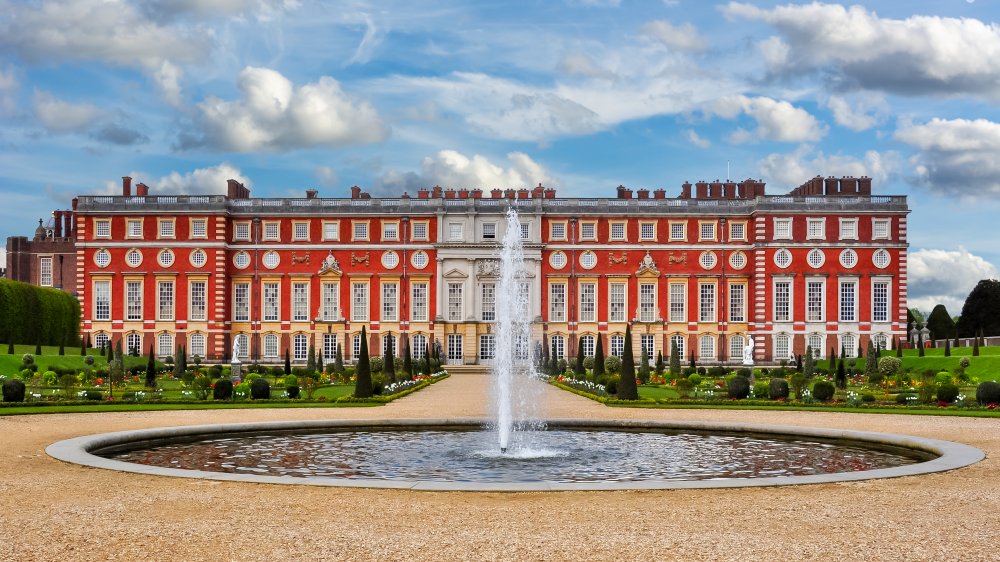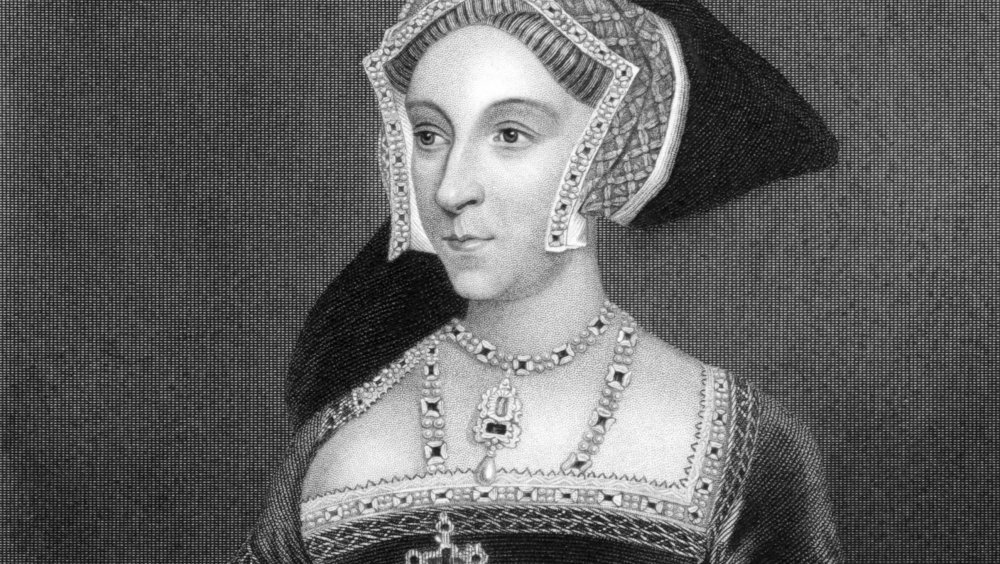The Lavish Palace Henry VIII Called Home
Bear in mind, first, that Henry VIII was King of England (specifically, by the end of his reign, he was — and it's a mouthful – "Henry the Eighth, by the Grace of God, King of England, France and Ireland, Defender of the Faith and of the Church of England and also of Ireland in Earth Supreme Head"). And that meant all of England. Case in point: Hampton Court Palace, probably the most lavish of Henry's numerous residences during his time on the throne.
Oh, there were others – he was born in Greenwich Palace, and lived for a time at the Tower of London and Windsor Castle. But Hampton set the bar for royal residences for quite some time.
It was begun by a court favorite of Henry's, Cardinal Thomas Wolsey, on the River Thames upriver from London (and thank goodness for "upriver" part). In time the Cardinal fell out of favor with the King, and possibly as a peace offering, he gave Henry the Hampton residence, perhaps sighing, "Never really cared for the place, really." In turn, we can hear Henry muttering around his haunch of beef, "Nice. Could be better." And he made it so.
Jane Seymour, who did not appear in Wedding Crashers
Henry's improvements and expansions of Hampton Court Palace included quadrupling the size of the kitchens (supposedly to accommodate the 1,000 or so members of Henry's court, but we have our suspicions; the man was whopping), the Great Hall, and the Royal Tennis Court. The Great Hall is where the King dined in state, on a raised dais.
The complex also contained a vast art collection and both private and state apartments for the King and Queen, plus accommodations for a number of courtiers.
All of Henry's six wives at least visited Hampton at one time or another. His third wife, Jane Seymour, gave birth there to his male heir, Edward (later Edward VI), and died of childbirth complications two weeks later. His fifth wife, Catherine Howard, was arrested at Hampton. She was later executed for treason and adultery.
Later on, King James I organized the Hampton Court Conference there in 1604, which resulted in the publication of the King James Bible in 1611.
There are reports of ghosts, though that didn't stop Queen Victoria from opening the palace to the public in 1838.

